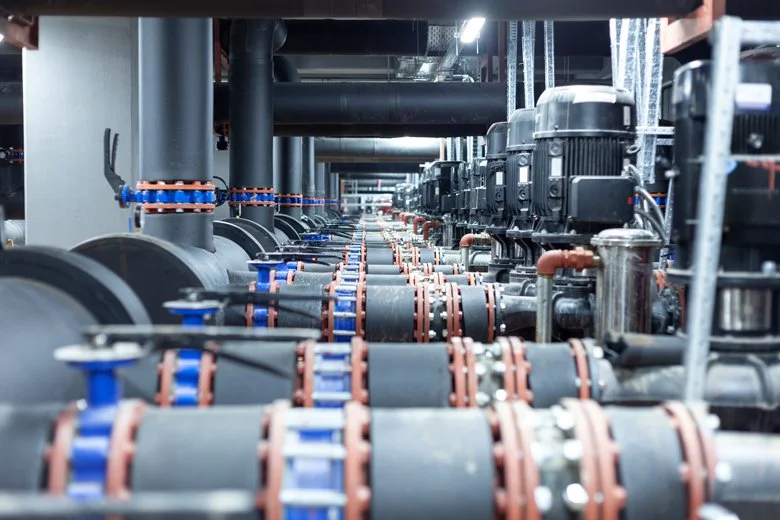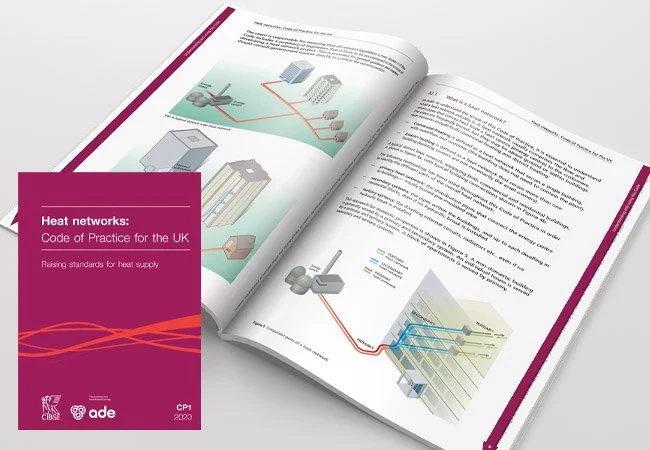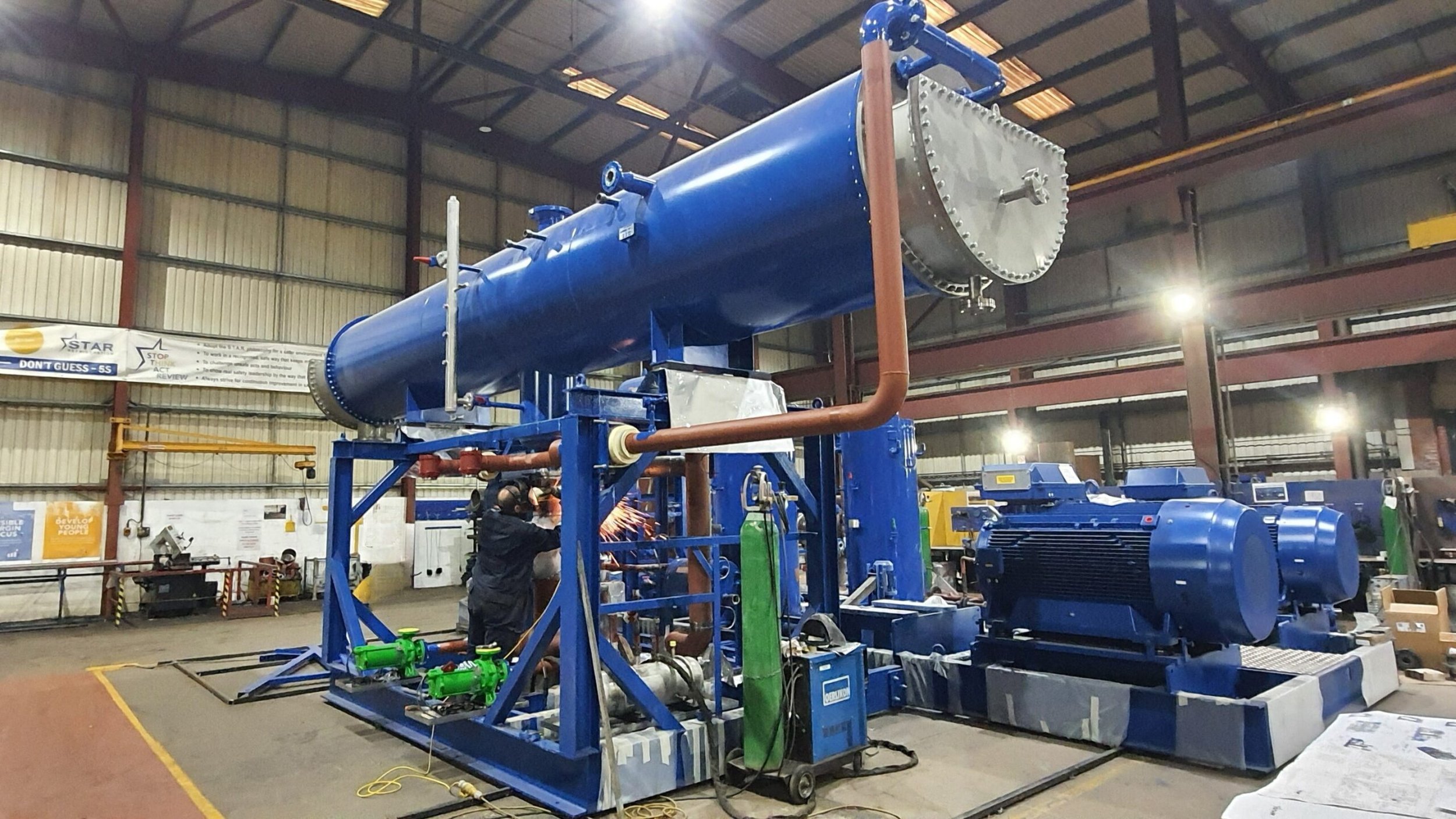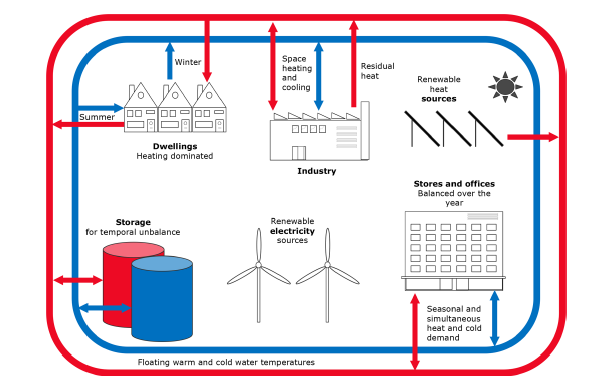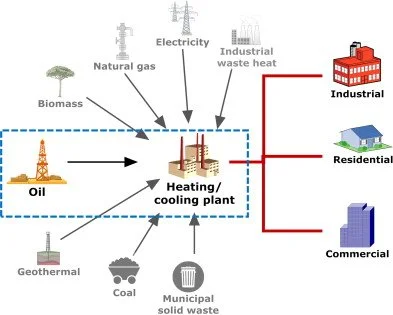
By Design Tech Solutions — Helping Clients Deliver Low-Carbon District Heating Projects
Introduction: Decarbonisation Is No Longer Optional
As the UK accelerates towards its 2050 net zero targets, district heating has emerged as a key piece of the decarbonisation puzzle. But the success of heat networks depends on how they’re designed — and how effectively they reduce both embodied and operational carbon.
At DTS, we help clients embed carbon reduction from the very beginning. Our design strategies focus on smarter heat sources, lower operating temperatures, and materials that perform over the long term — without compromising buildability or budget.
What Is Decarbonisation in Heat Networks?
Decarbonisation in this context refers to reducing the greenhouse gas emissions associated with both building and running a district heating system.
This includes:
Operational carbon: emissions from the energy used to run pumps, boilers, and plant
Embodied carbon: emissions from materials, manufacturing, and installation
Lifecycle carbon: emissions over the full lifespan, including maintenance and end-of-life
Design decisions made early on — like source selection, network temperature, and material choice — have the biggest impact.
Decarbonisation Strategies We Recommend
Switch to Low-Carbon Heat Sources
Use air source heat pumps (ASHPs), ground source, wastewater recovery, solar thermal, or surplus industrial heat where viable.
Design for Lower Temperatures
Reduce return temperatures to enable heat pump compatibility and minimise losses. Use HIUs and controls designed for 50–60°C flow.
Reduce Network Heat Loss
Optimise pipe routing, insulation, and jointing systems to minimise wasted energy between plant and end users.
Use Low-Embodied-Carbon Materials
Specify recycled or lower-impact piping, insulation, and trench construction materials wherever possible.
Model Lifecycle Carbon & Performance
Support decisions with whole-life carbon analysis alongside cost planning — ensuring long-term value and climate alignment.
FAQ
How DTS Supports Decarbonisation
Source Strategy Planning
We help clients evaluate renewable or waste heat options based on site, funding, and compliance.
Network Temperature Modelling
We use digital design tools to assess performance at 50°C, 60°C or ambient levels.
Embodied Carbon Advisory
We advise on material choice, pipe routing, and procurement that lowers upfront emissions.
Design for Net Zero Targets
Whether you're delivering a social housing scheme or a university campus, we design to meet your carbon pathway.
Frameworks & Targets We Align To
CP1 2020 – Heat Networks Code of Practice
HNTAS – Heat Network Technical Assurance Schedule
LETI – Embodied carbon targets & benchmarks
Net Zero Carbon Building Standards – Whole-life carbon guidance
UKGBC – Practical tools for low-carbon built environment
Let’s Design for a Low-Carbon Future
Ready to decarbonise your next heat network? DTS helps you hit carbon goals with confident, practical design.
RELATED READS
Explore our detailed guides on designing effective, future-ready district heating systems. Each article is written to help clients, developers, and stakeholders understand what great network design looks like in practice.


